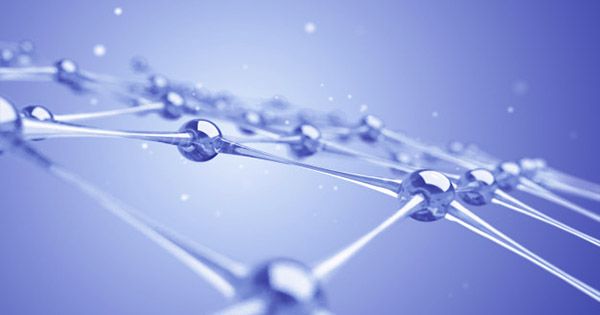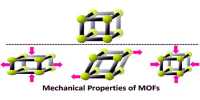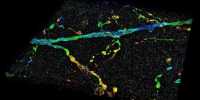The Schrödinger equation is an important formality at the center of quantum mechanics. It is used to explore how quantum systems are and how they evolve. In most cases, it is very challenging to solve correctly for a system made up of more than a few particles using almost the same. Considered methods are used to solve the equations of many systems and a new method has been put forward in a new study published in Nature Chemistry. This method, known as PauliNet, has a deep neural network that can provide accurate solutions to the equations of molecules with up to 30 electrons.
This AI is based on the Monte Carlo method, which uses random sampling to provide numerical results of mathematical functions. This special edition was created with knowledge of the physical laws, including the important Pauli Exclusion Principle. The algorithm is named according to this law. Solving the equation can provide insights into the structure and behavior of molecules that several current methods cannot provide. It’s often hard to work to get valuable, so this method can be a game-changer.
“Maximum achievement of quantum chemistry by closing the normal trade between accuracy and calculation costs,” Lead author Dr. Jan Hermann of Freie Universität Berlin, said in a statement. “Still, the most popular of these outlets is the Effective Theory of Extremely Affordable Density. We believe that the deep ‘Quantum Monte Carlo,’ the method we are proposing, may not be equally successful if it is unprecedented at a glance. Still offers acceptable calculation costs.”
A solution of the PauliNet Schrödinger equation allows the search for voluntary molecules. The versatility of the software and the strong physical backbone provide these results. The equation is a mathematical description of the quantum state known as the wave function, and for many electronics, it has not been easy to translate this wave function into computer language.
Professor Frank Noé, who led the team effort added, “Instead of the standard method of constructing the wave function from relatively simple mathematical elements, we have designed an artificial neural network capable of learning the intricate patterns of how electrons are located around the nucleus.”
There are still a lot of kinks to get people out, but researchers are excited about the possibilities of this algorithm. “It’s still basic research,” the authors agree, “but we’re excited about a new approach to an old problem in molecular and scientific science and the possibilities it opens up.”















